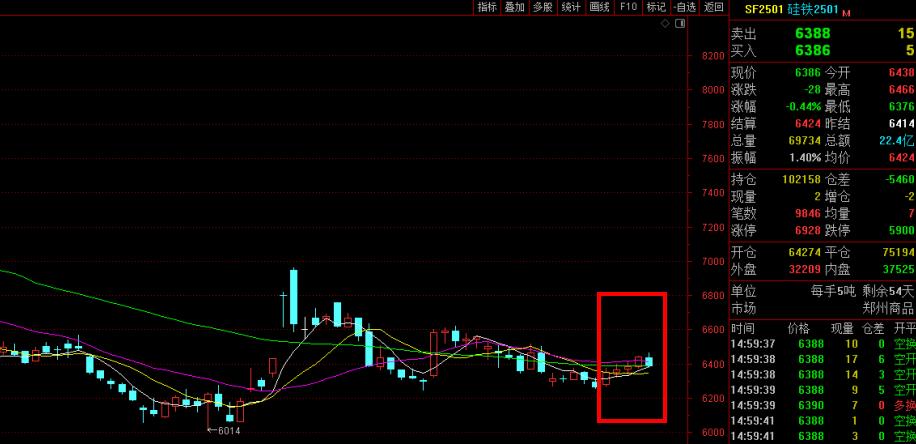SOUTH Africa must consider setting up a chrome exchange to create smoother market conditions for embattled producers and ensure the sector’s sustainability, Iraj Abedian, economist and adviser to the mining minister, said on Tuesday.
SA is the largest supplier of chromite ore and ferrochrome, the end product which is used to make stainless steel. Its position is under threat from China, which has a rapidly growing ferrochrome sector despite not have any chrome deposits of its own.
That growth has come largely on the back of chromite ore exports from SA, and domestic ferrochrome producers are lobbying the government to impose a tariff of $100 a ton on chromite ore exports to protect the local industry.
In a presentation on beneficiation, which is the addition of value to SA’s mineral production, Mr Abedian, who is CEO of Pan-African Capital, said the tariff would be an unsustainable and "short-term, knee-jerk reaction to specific developments in the market place".
In the chrome sector, the situation was complicated by platinum mining companies generating chromite ore from the UG2 reef, which contains platinum group metals and chrome. Platinum companies are using revenue from sales of this chrome to supplement their revenue and offset the cost of platinum production in an environment of rising costs.
Of this chromite ore, which comes to about 4,5-million tons a year, half is sold to Xstrata, the world’s largest ferrochrome supplier, and the balance is sold to China. It is this rising source of chromite ore that has South African ferrochrome producers concerned. China imports about 9-million tons of chromite ore a year, about half of which comes from South Africa, with the dedicated chrome miners and UG2 miners the source.
"In the long term there is no substitute for a chrome exchange market, if you’re a dominant player as South Africa is," Mr Abedian said at a Mining for Change seminar in Johannesburg. He warned that South Africa "will lose" all of its ferrochrome industry if such an exchange, where the commodity could be formally traded, was not set up in the country.
"It won’t control the price, but it will smooth the price over cycles," he said. "The exchange will give information to the market which is real and not based on speculation. If there is too much inflow, it could inform the producers that there was an oversupply which could affect them."
It would be a form of setting up supply-side discipline to adjust production to match demand. It would be privately owned with no government intervention apart from drawing up regulations, he said.
"If the government comes into this at this stage, people would see it as nationalisation through the back door," he said. The Chamber of Mines, if it was a more powerful force in the mining sector, would play a role in setting up such a structure, he said.
The Canadian model of setting up an exchange for potash by Saskatchewan producers of the fertiliser ingredient 40 years ago could be a template, he said. "They have a regulated exchange, they manage the market supply and over the long term they maximise national interest. All the potash producers there realise that there is a tradeoff between their short-term interests and long-term interests, and the long-term solution is in the exchange."
The chrome exchange proposal had been around in SA’s chrome market for about two years and Mr Abedian has been visiting a number of industry role players, seeking buy-in for the idea. But there is scepticism that it will reduce the oversupply of chromite ore to China and bring price stability to the market.
A chrome industry report calling for the tariff also suggested the formation of a chrome industry marketing arm, which would have mandatory membership for chrome producers in SA and a "self-regulating mechanism that would dynamically optimise South African ore exports while ensuring a fair and competitive domestic market".
Ferrochrome producers have proposed the tariff as an interim measure to give the entire industry, along with various government departments, time to thrash out a solution on how to deal with chromite ore exports and ensuring the survival of the domestic ferrochrome industry. One train of thought is that producers of chromite ore could earn export credits by selling ore to domestic ferrochrome producers or setting up smelters to make ferrochrome, limiting ore flows to China.
It would like proof that the exchange would correct the market when the demand side for South African ore and ferrochrome was dominated by a single player — China.
"We have put clear proposals to various departments and those proposals do not include a chrome exchange. However, if Dr Abedian feels such an exchange would stop an oversupply situation in the market, then he needs to provide the necessary details," Xstrata spokesman Songezo Zibi said.
A big concern for other chrome players is that speculators are likely to become involved in the exchange, exaggerating price volatility and distorting the demand picture.
"All you want is price stability so you can plan around it, but when you have all this external influence that creates volatility, it’s a big concern," said Reenen Pretorius, the commercial director at Chromtech, which sources chromite ore from platinum miners’ tailings. "The demand picture would be artificial because it could be an end user, a banker or an institution. It would be hard to tell and would not give a clear indication of demand."
Copyright © 2013 Ferro-Alloys.Com. All Rights Reserved. Without permission, any unit and individual shall not copy or reprint!
- [Editor:editor]



 Save
Save Print
Print Daily News
Daily News Research
Research Magazine
Magazine Company Database
Company Database Customized Database
Customized Database Conferences
Conferences Advertisement
Advertisement Trade
Trade


















Tell Us What You Think